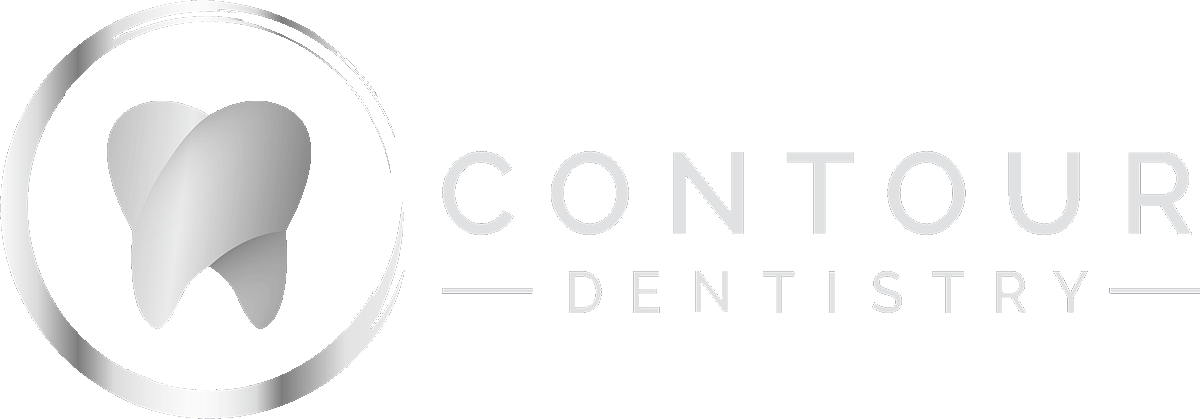Dental bonding is a quick, affordable fix that dentists use to correct a wide variety of dental problems. Not only is dental bonding useful as a restoration, it also has cosmetic applications. The fact that bonding is easy to use makes it a popular option with dentists. This is how it works.
About dental bonding
Dental bonding takes the form of a tooth-colored, putty-like plastic known as composite resin. The fact that the resin is easy to shape is what makes dental bonding so versatile. For this reason, dental bonding is the go-to material for dentists who need to fill fractures and cavities. The resin can squeeze into a tight, jagged spot and assume the shape of the space. When exposed to a curing light the bonding solidifies. It becomes a well-fitting, durable restoration that lasts for years.
Types of dental bonding
There are two broad categories of dental bonding. Reading the previous section already gives an idea of the first type. What follows is a short exploration of its uses.
Direct dental bonding
To recap, in its raw state, dental bonding is a putty-like material that a dentist can apply directly to teeth, just like a metal filling. Because dentists apply it directly to the tooth, this type of bonding is aptly named direct bonding. Here are some of its uses:
1. As a filling for a cavity
Metallic fillings are dark in color which makes them stand out, and not in a good way. Composite resin can fill a tooth and remain undetectable. This makes it a good option for molars and front teeth.
2. As a filling for a crack or a fracture
In the same vein, a dentist will apply composite resin directly into a small dental fracture. The bonding fills the crack and takes the shape of the space it occupies. Being tooth-colored, the bonding improves the appearance of fractured teeth while protecting the inner tooth.
3. As a way of reshaping a chipped tooth
A chipped tooth breaks the symmetry of a smile. When a patient goes to their dentist for a quick and easy fix, the dentist will likely recommend direct bonding. The dentist applies the dental bonding after they abrade a small section of the enamel. They proceed to sculpt the bonding so that it replaces the missing part of the tooth. Once the dentist is happy with the result, they use a curing light to solidify the bonding. After a single procedure, the patient gets to go home with a restored tooth.
4. As an adhesive for dental veneers
Dental bonding is an adhesive in and of itself. Dentists use a variant of composite resin (known as unfilled resin) to attach veneers to the surfaces of teeth.
Indirect dental bonding
Dentists also use composite resin to fabricate indirect dental restorations like:
- Veneers
- Onlays
- Inlays
These restorations are not as tough or as durable as their metal or ceramic equivalents, but they are more affordable. Indirect dental bonding requires two separate procedures. During the first procedure, the dentist prepares their patient’s tooth and takes a mold of it. The patient goes home while the dentist sends the impression to a dental lab.
Once the dentist receives the restoration from the lab, they call their patient in for a second procedure. The dentist then installs the restoration, and their patient goes home with a smile upgrade.
Restoring your smile has never been this easy
If you are interested, contact our office to find out how dental bonding can bring your smile back to life.
Request an appointment here: https://www.contourdentistry.com or call Contour Dentistry at (704) 896-6160 for an appointment in our Cornelius office.
Check out what others are saying about our dental services on Yelp: Dental Bonding in Cornelius, NC.
[recent-blogs count=4 layout=”horizontal” category=”dental-bonding-cat,cosmetic-dental-care-cat,cosmetic-dental-services-cat,cosmetic-dental-services-cat,cosmetic-dentist-cat,dental-cosmetics-cat,dental-restorations-cat,smile-makeover-cat,what-can-i-do-to-improve-my-smile-cat”]

